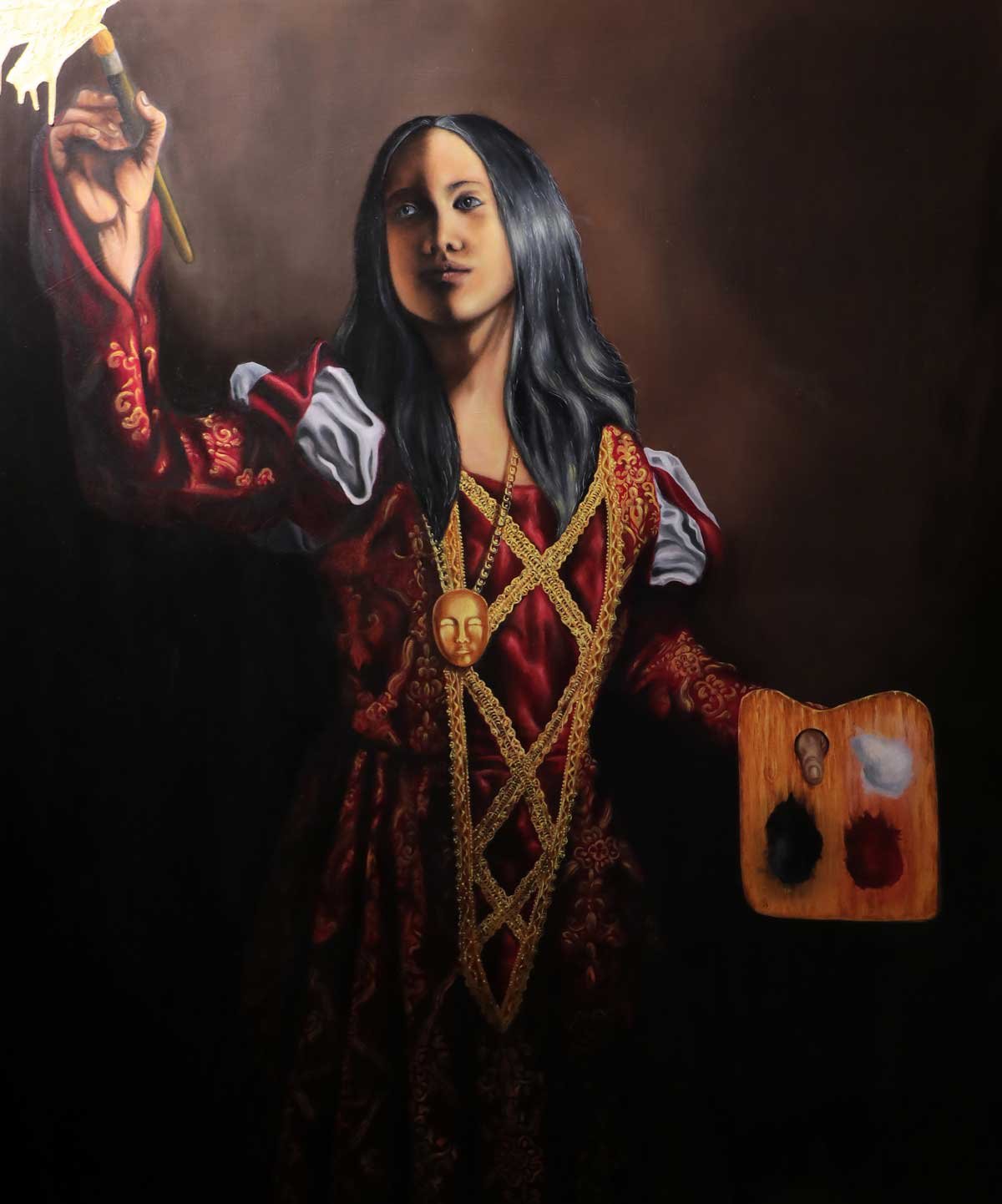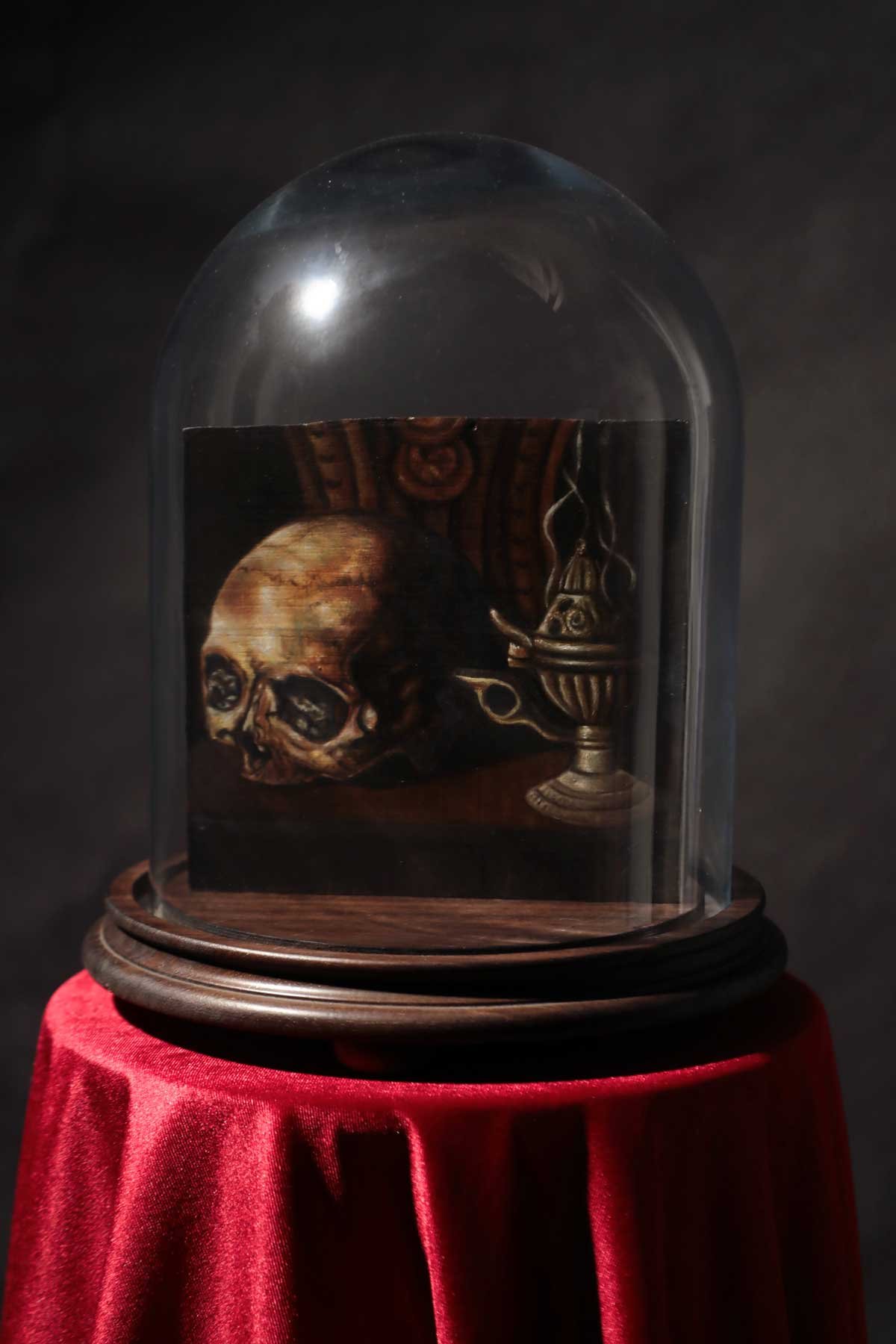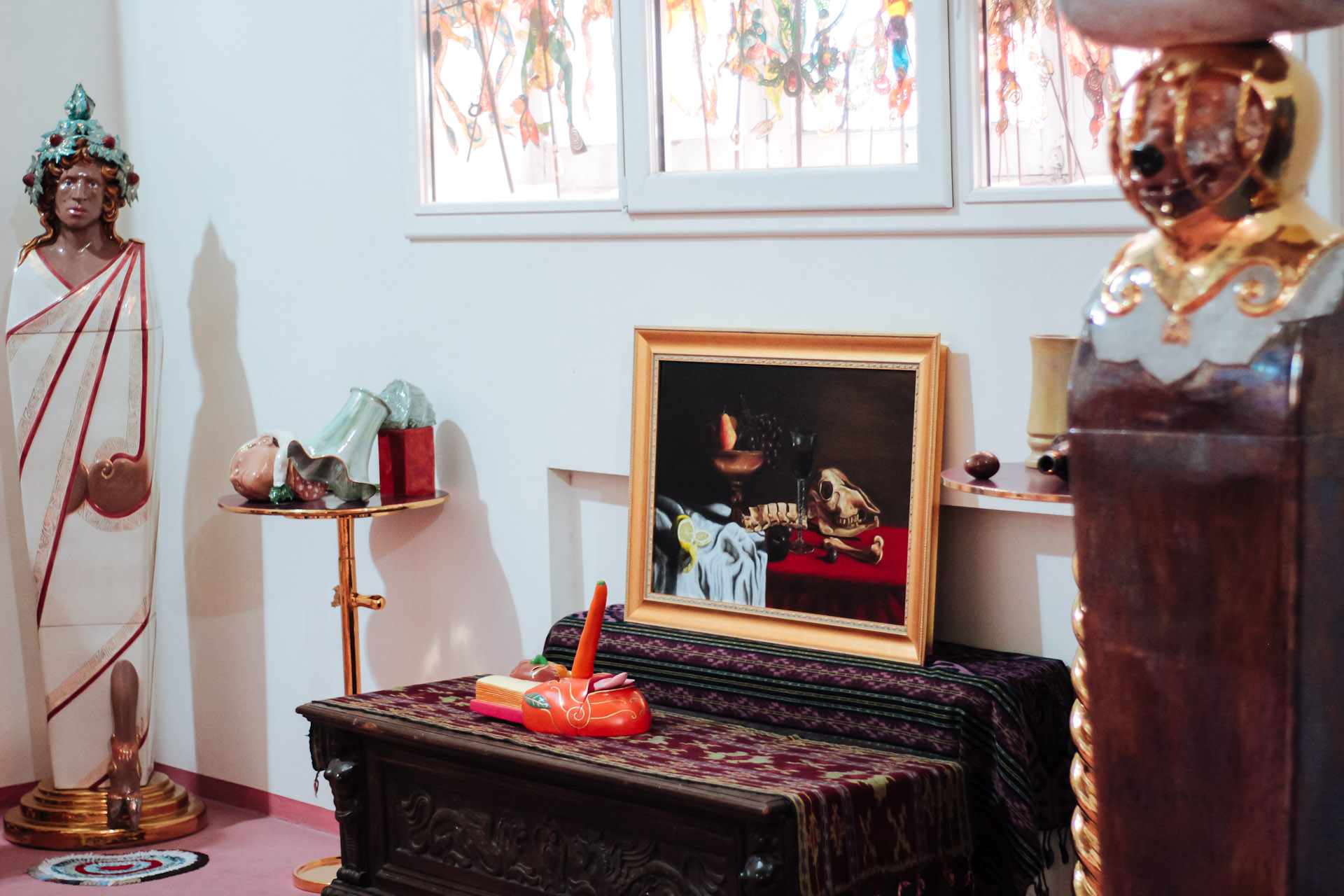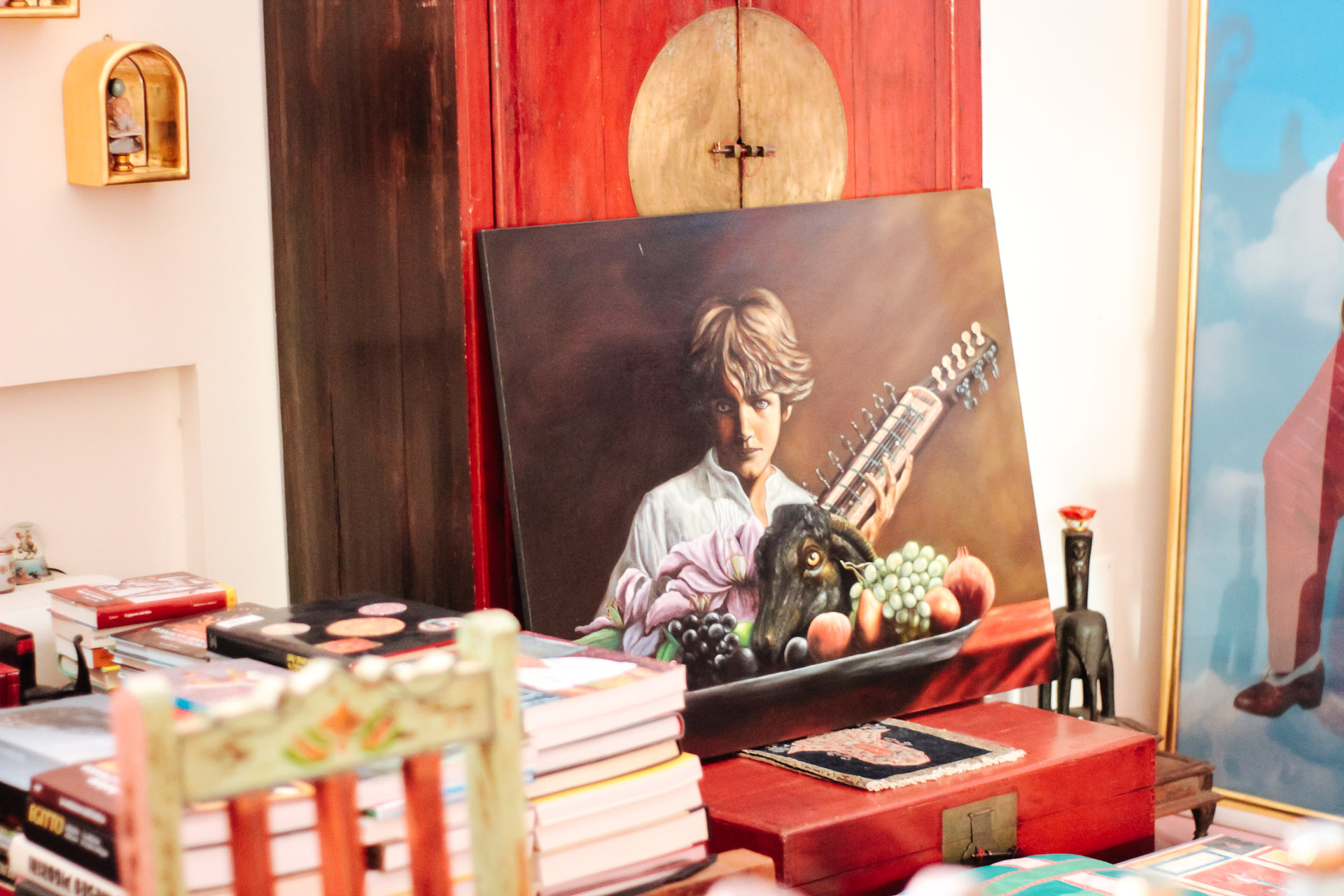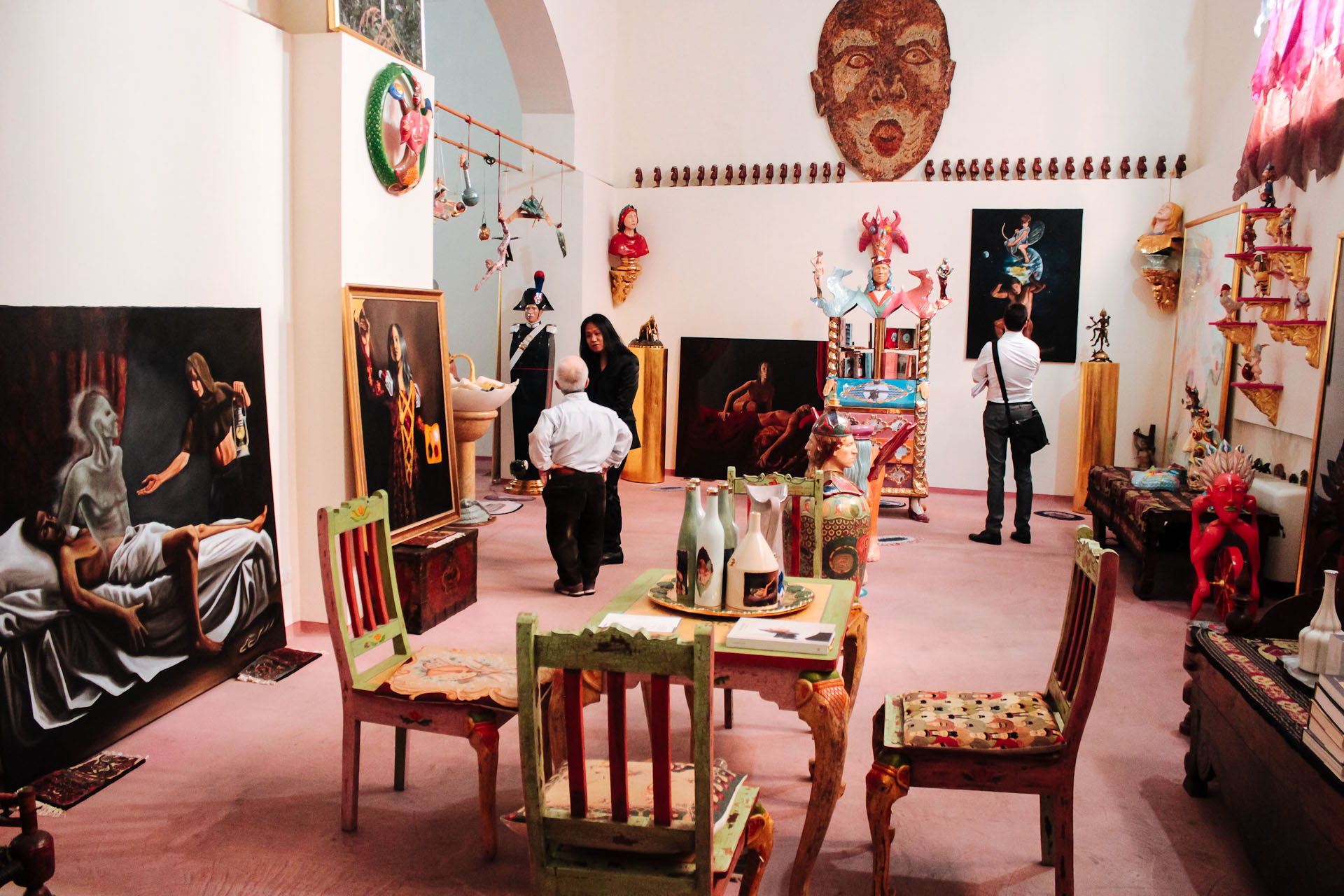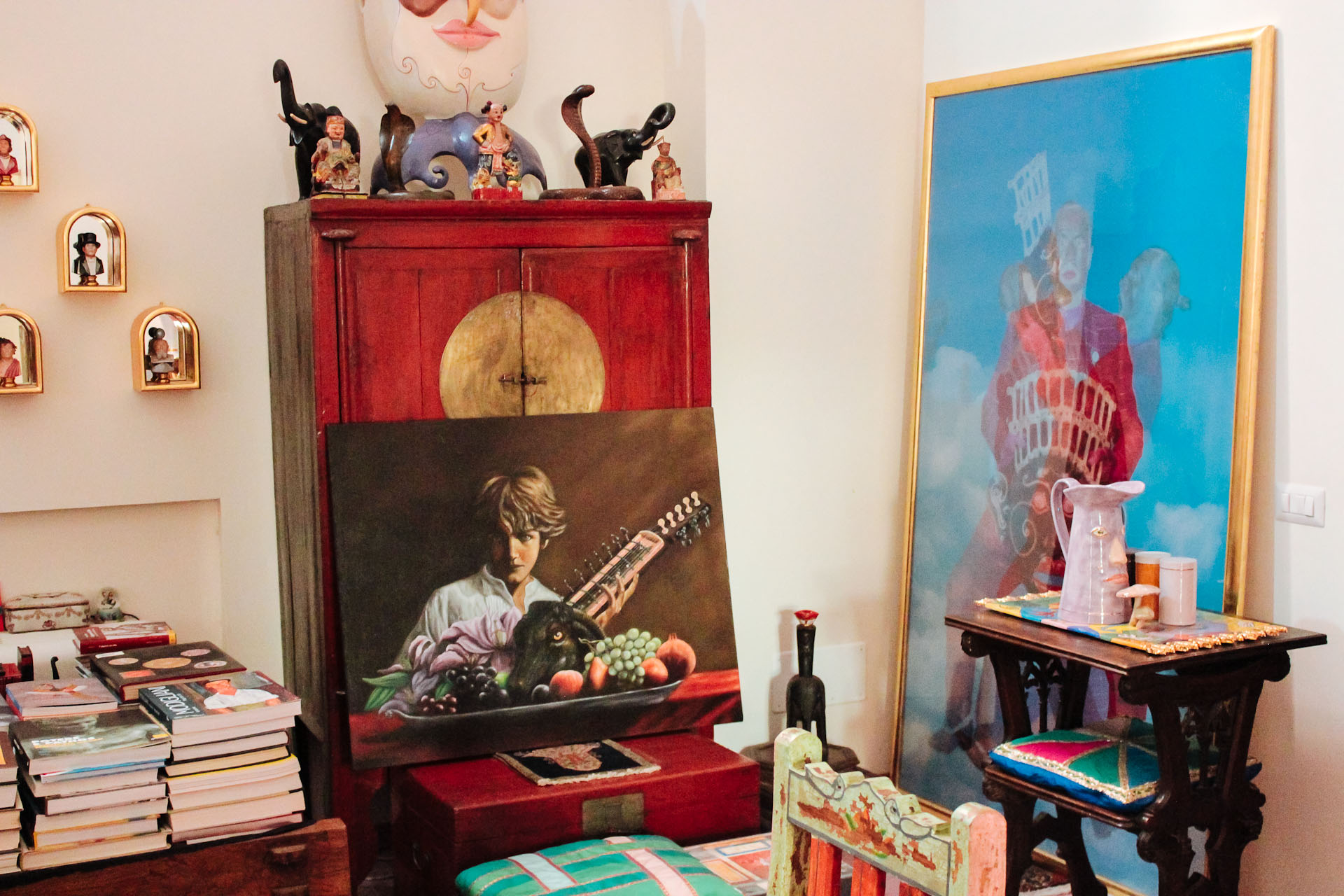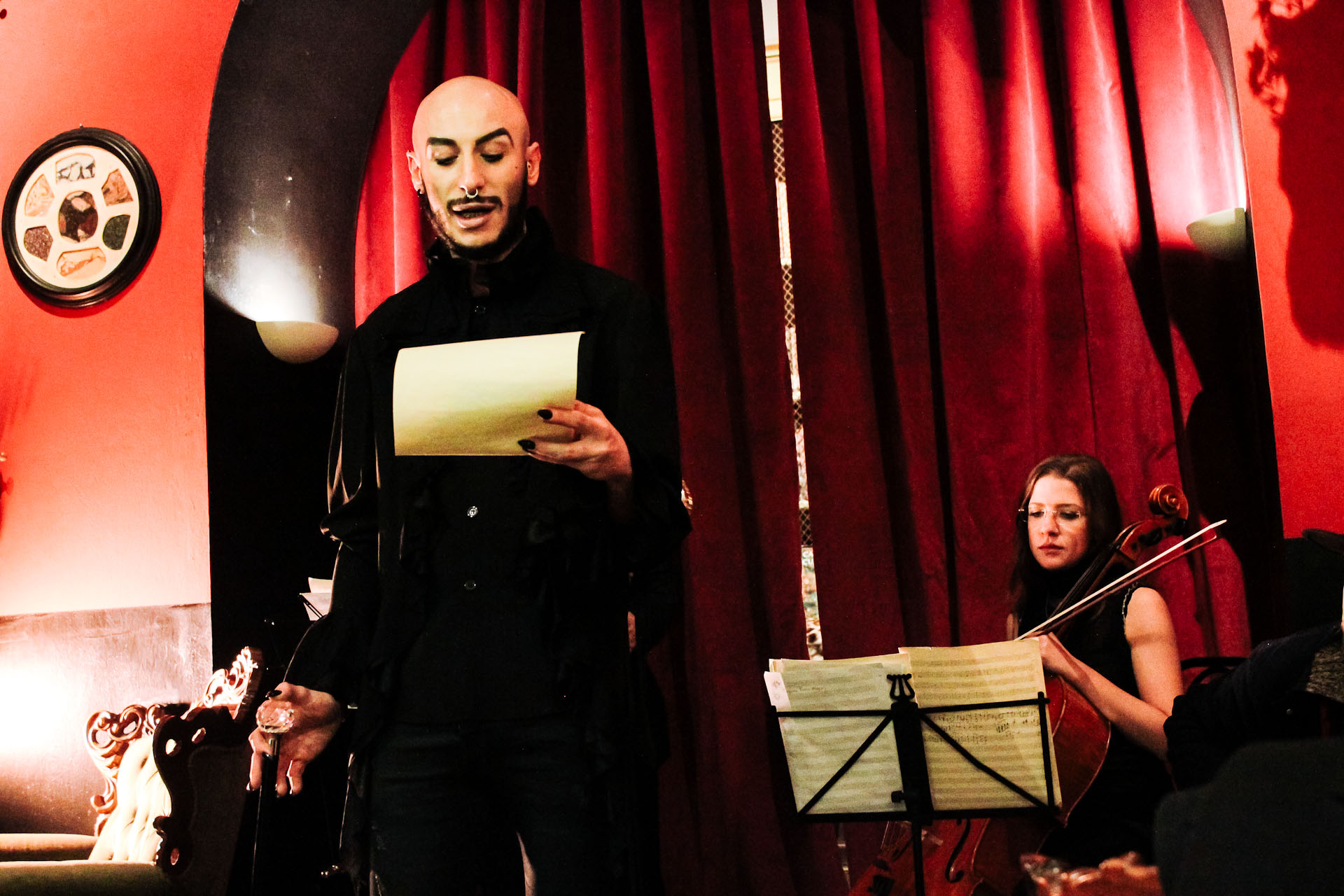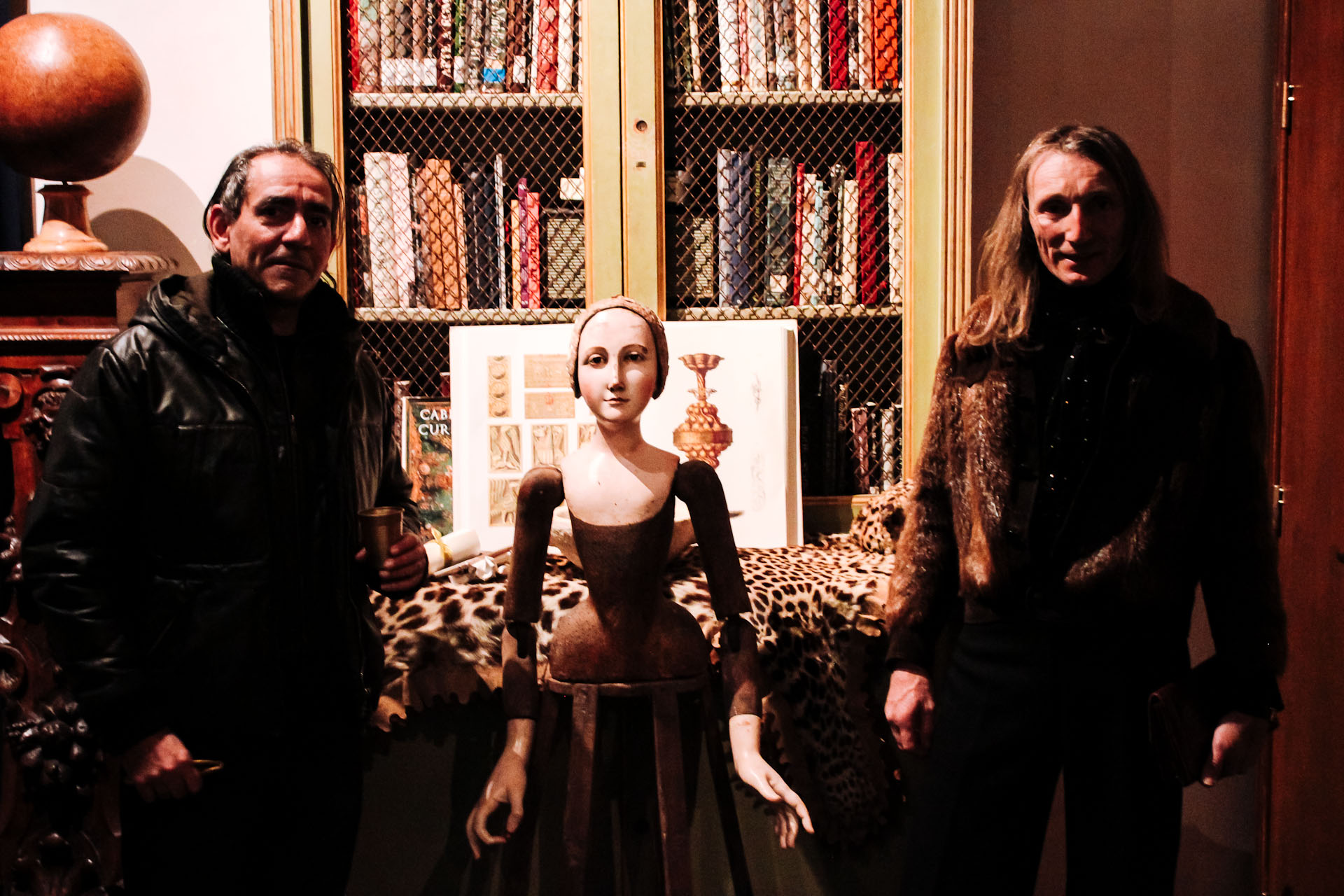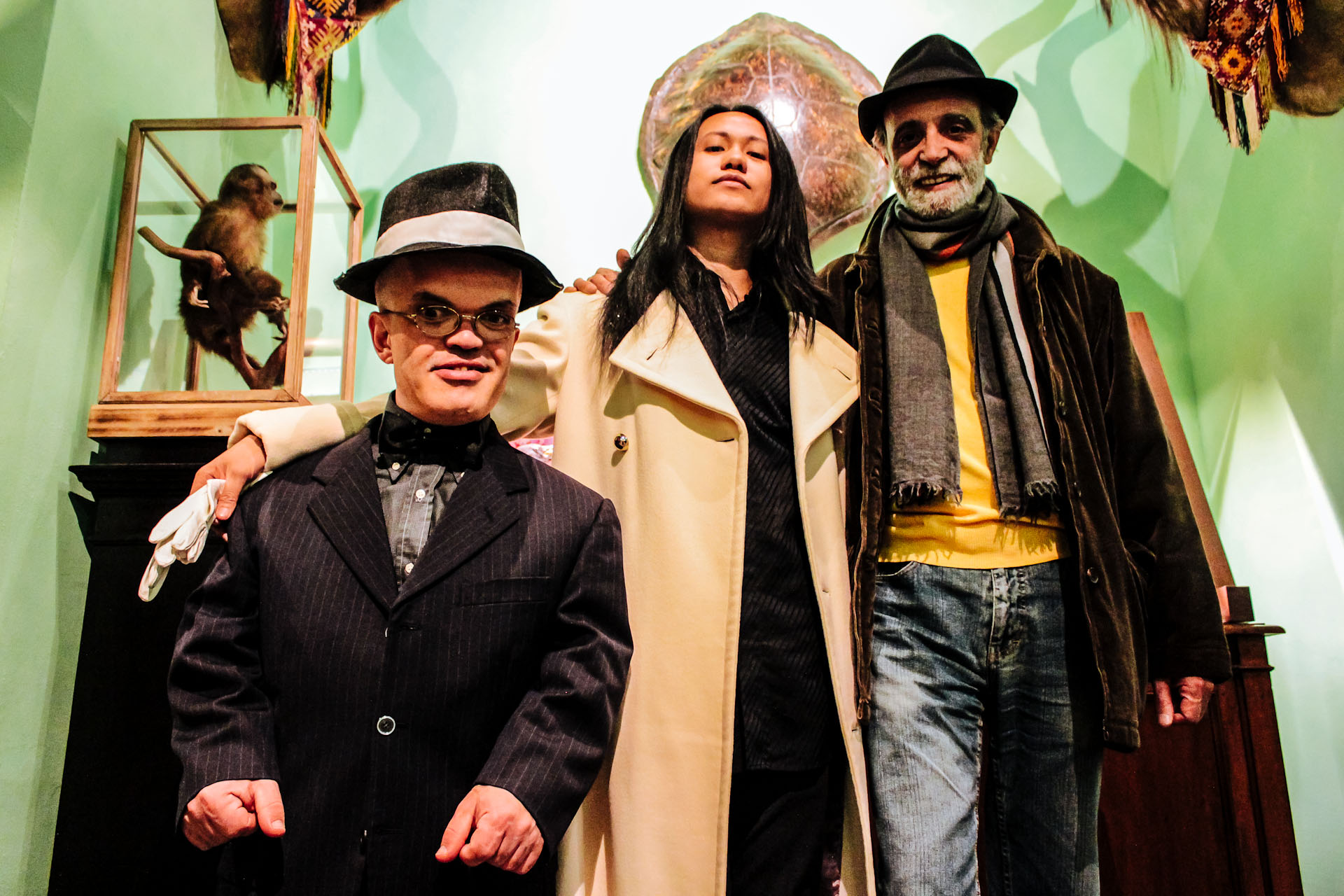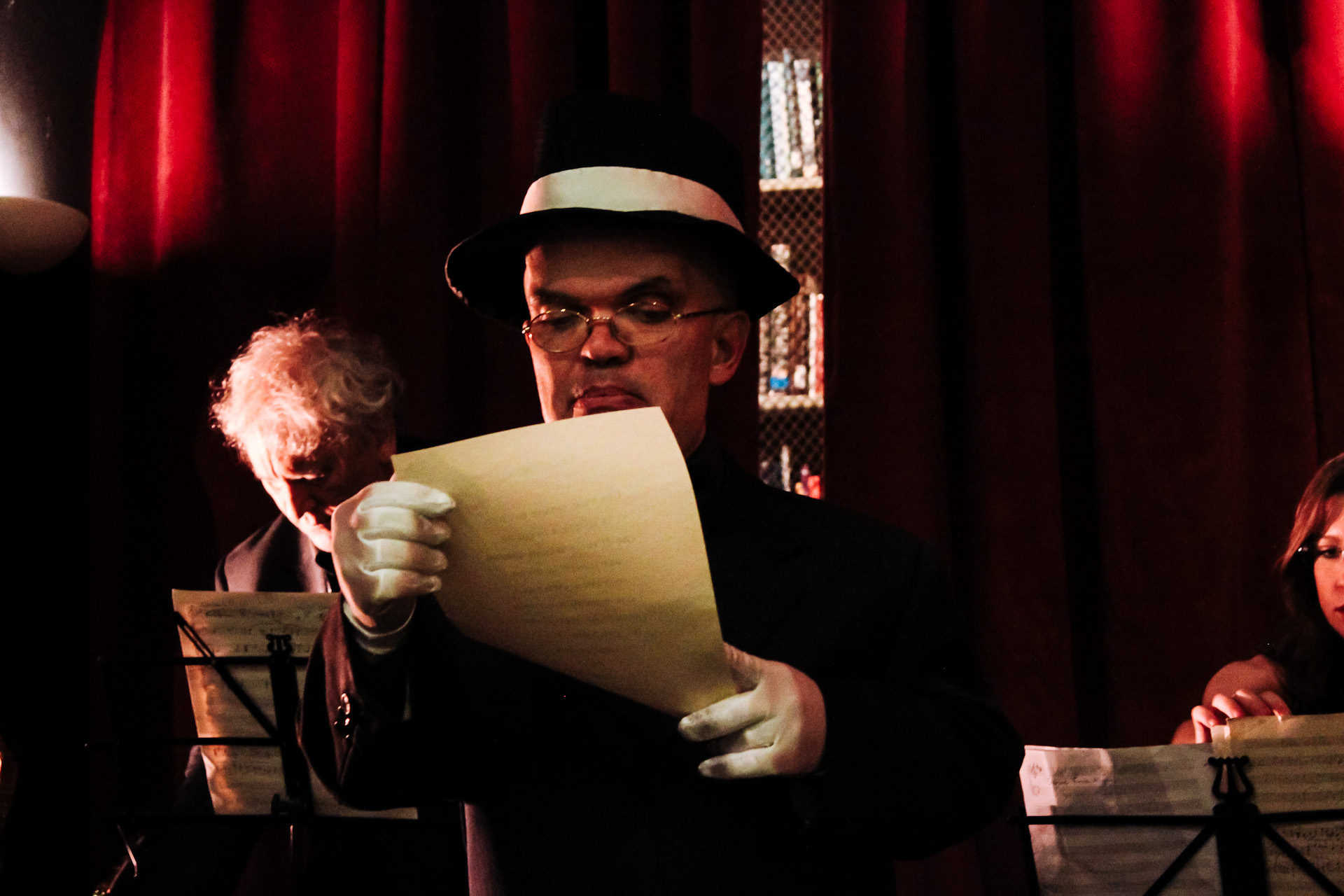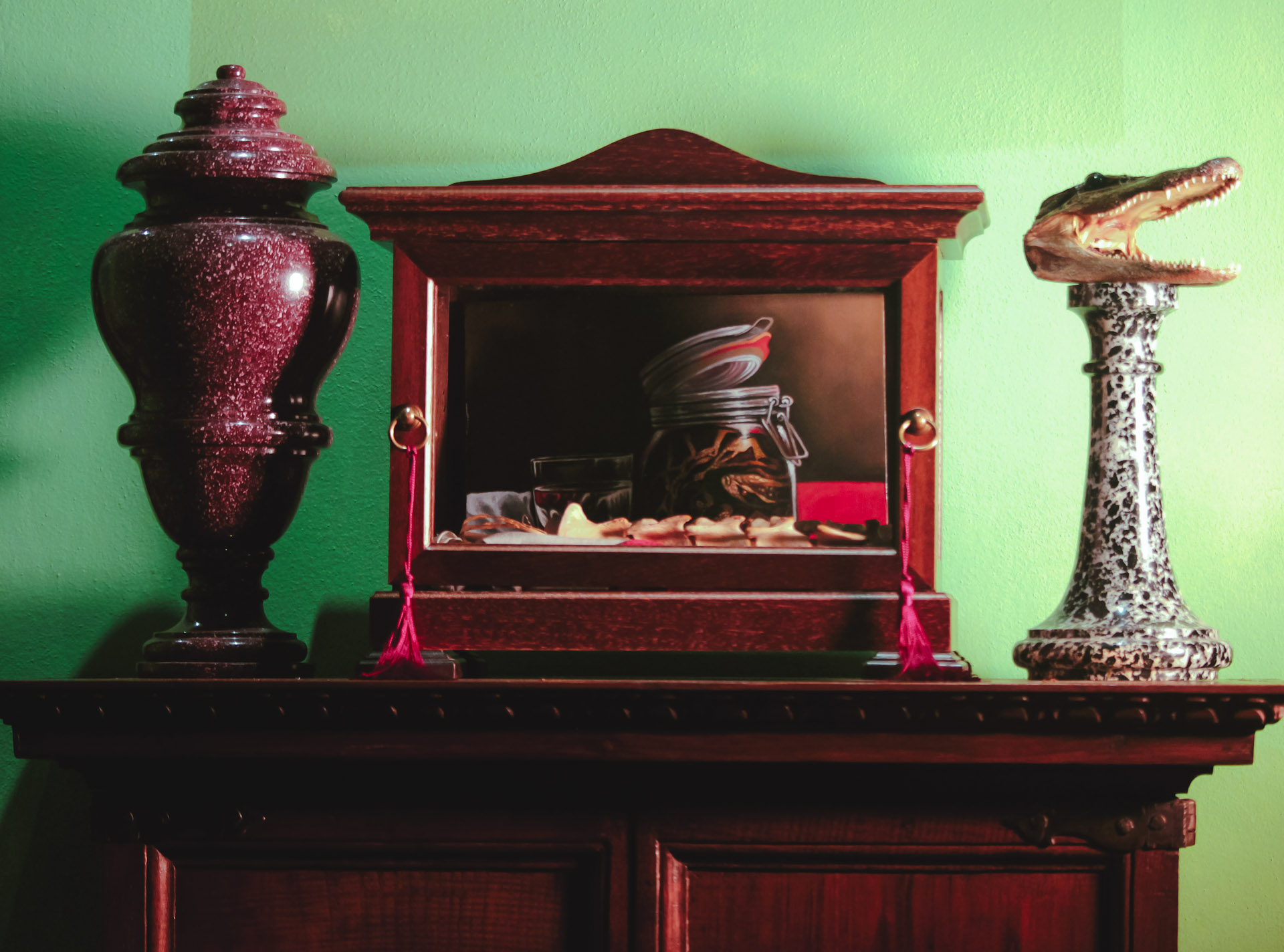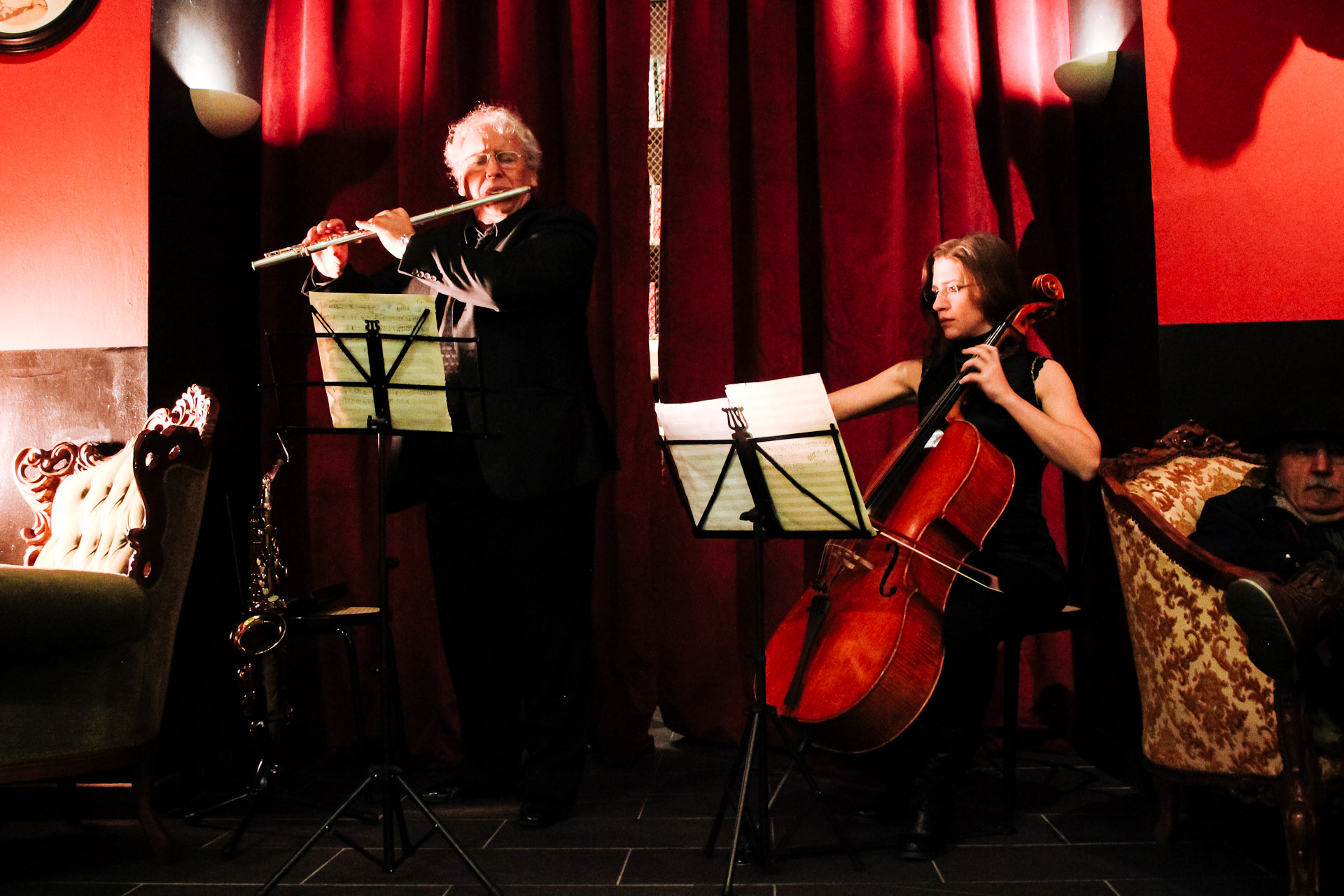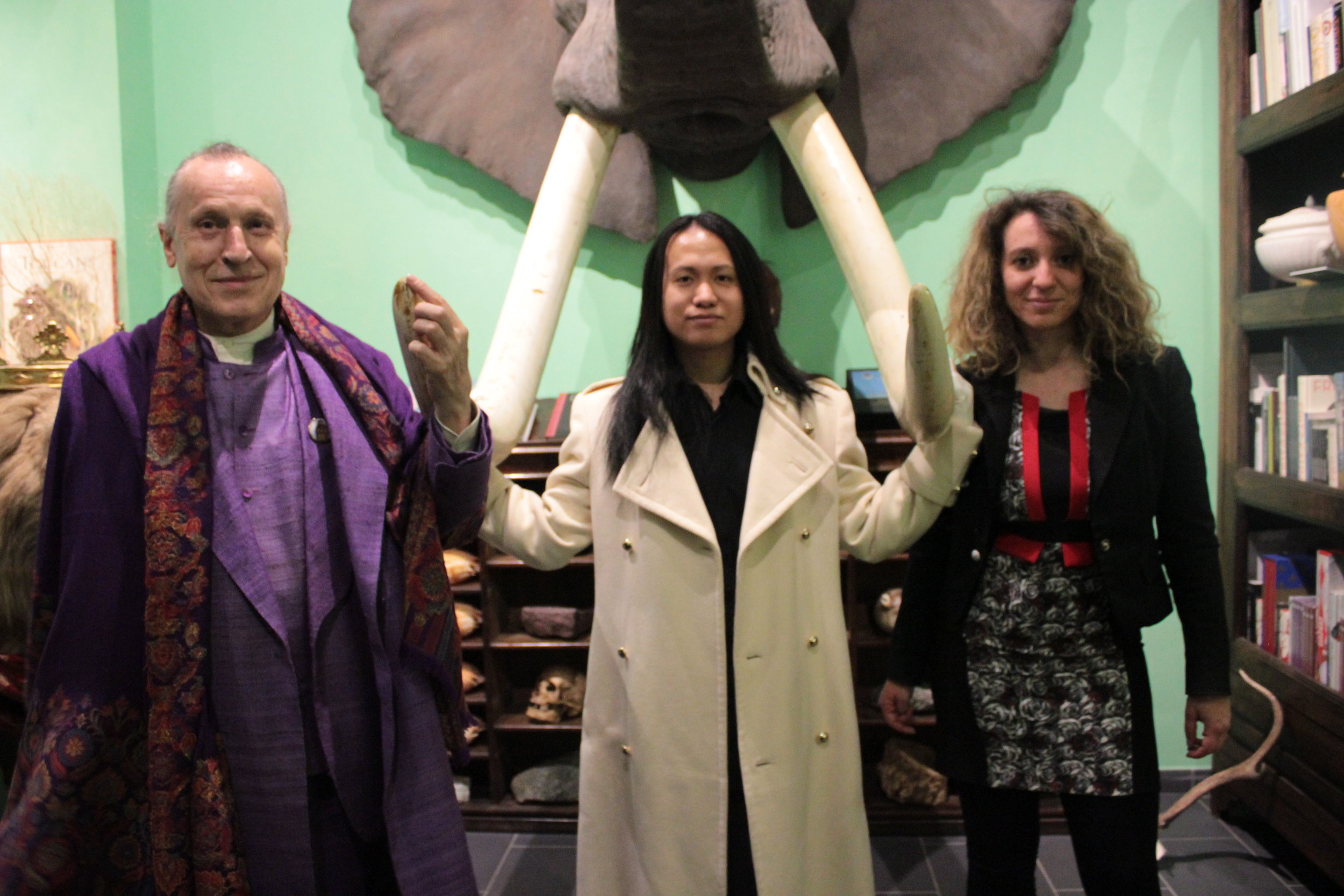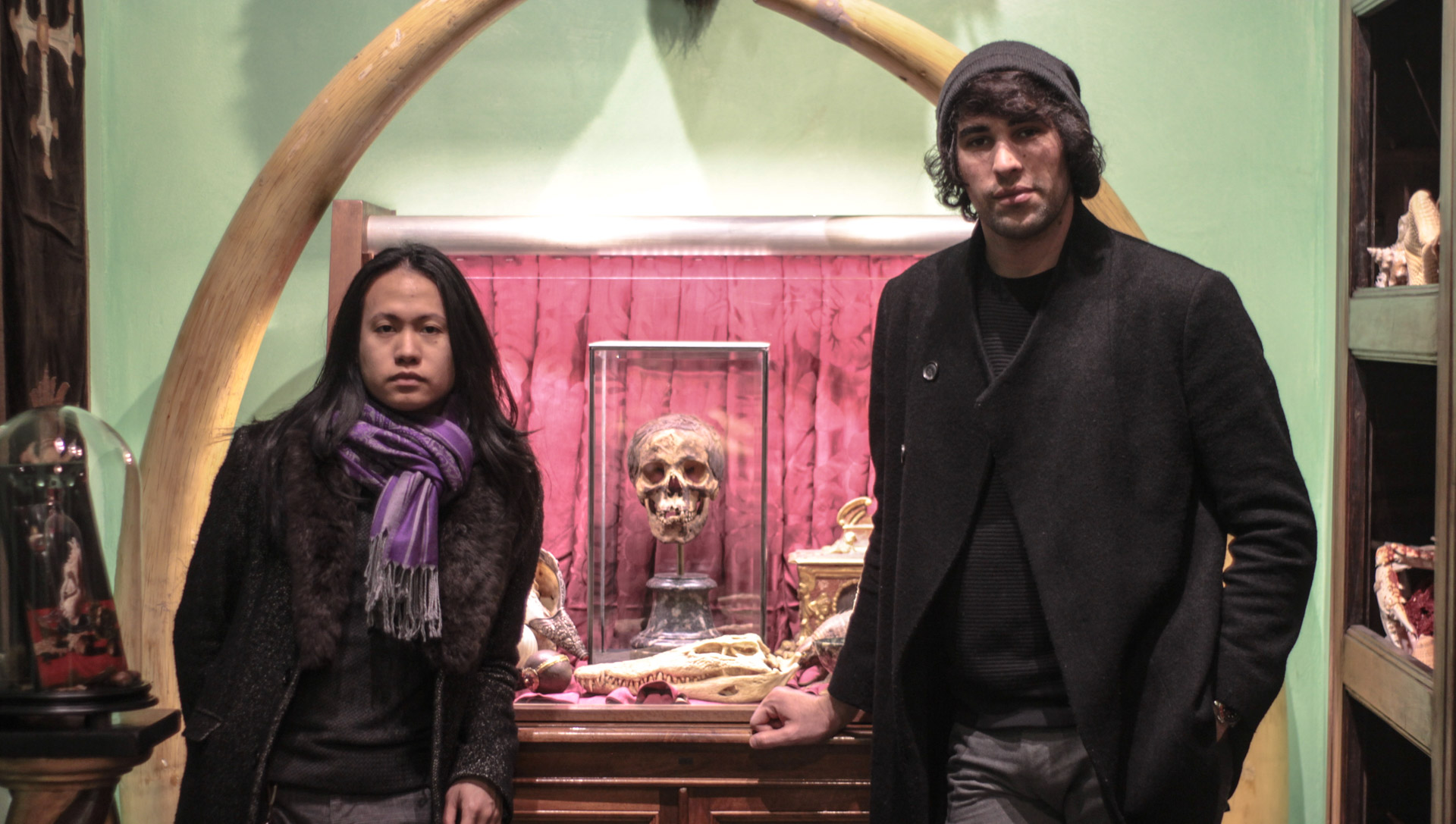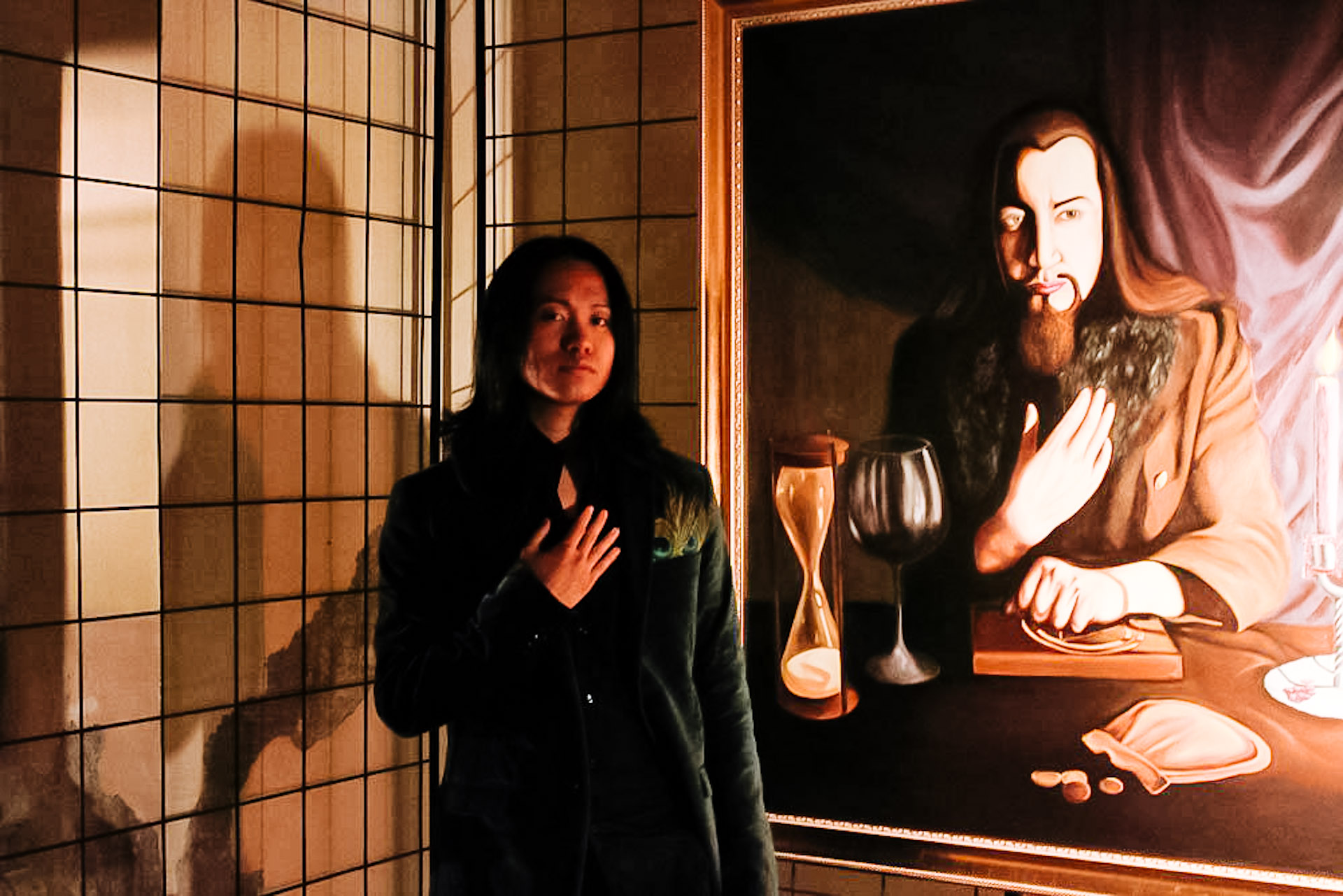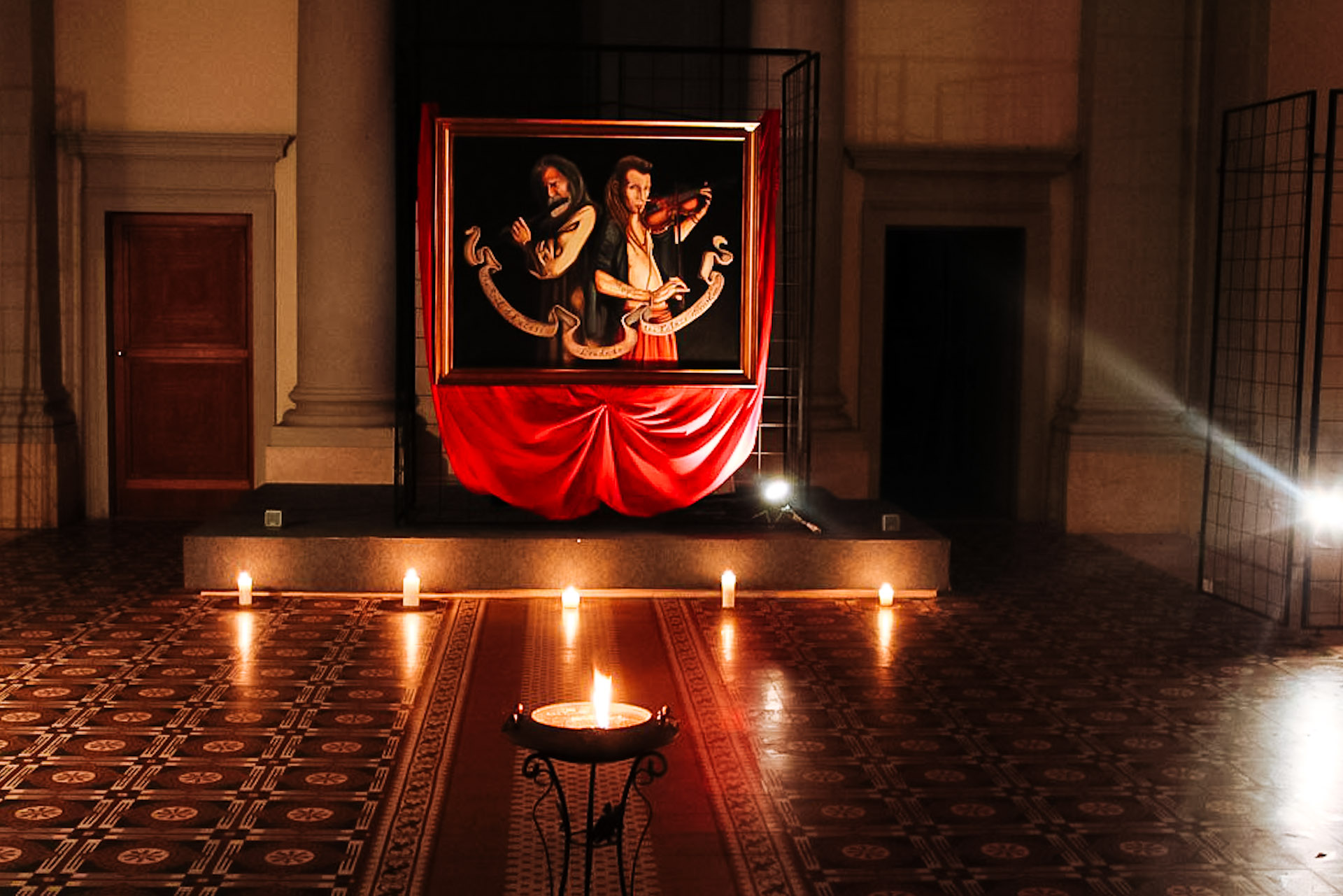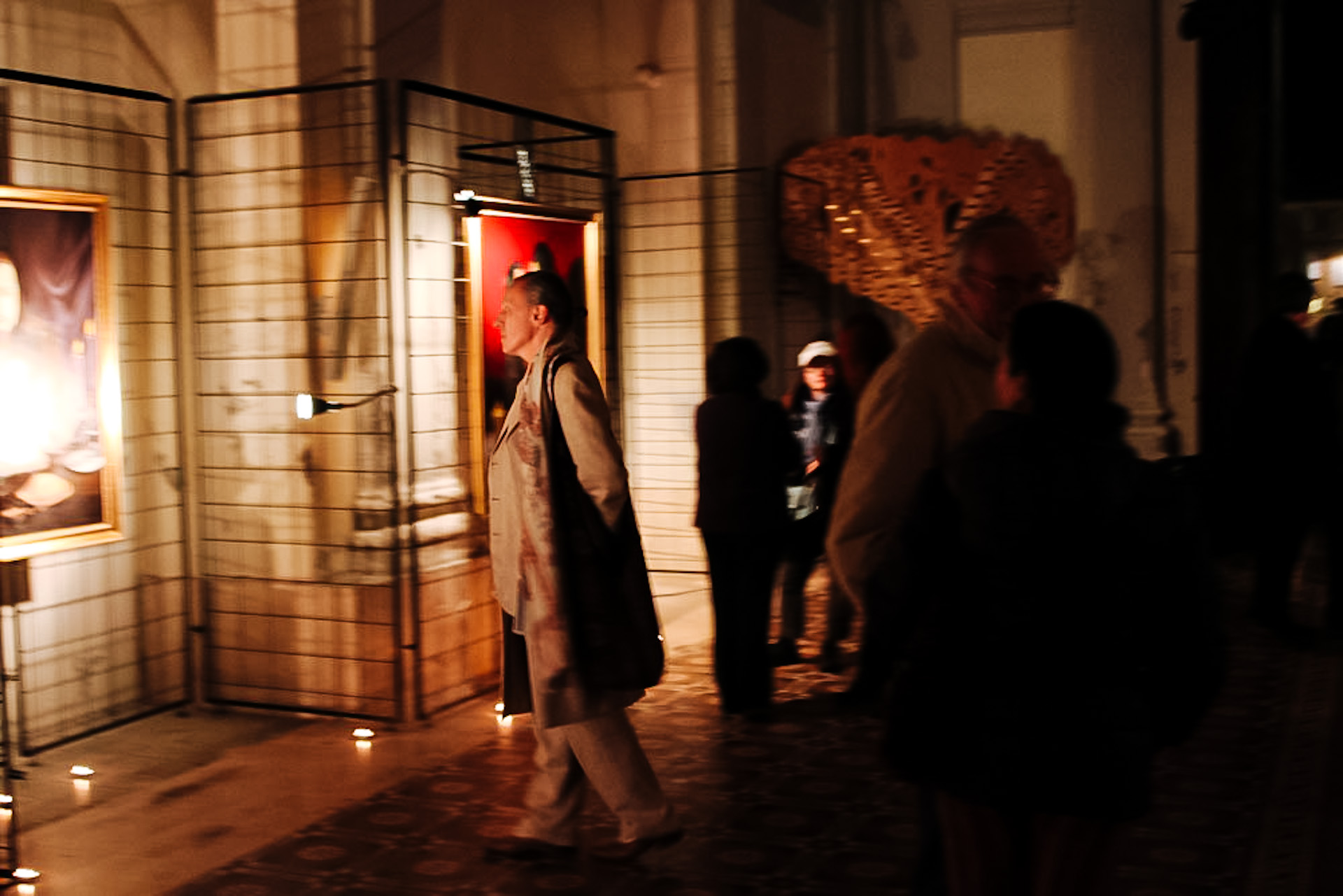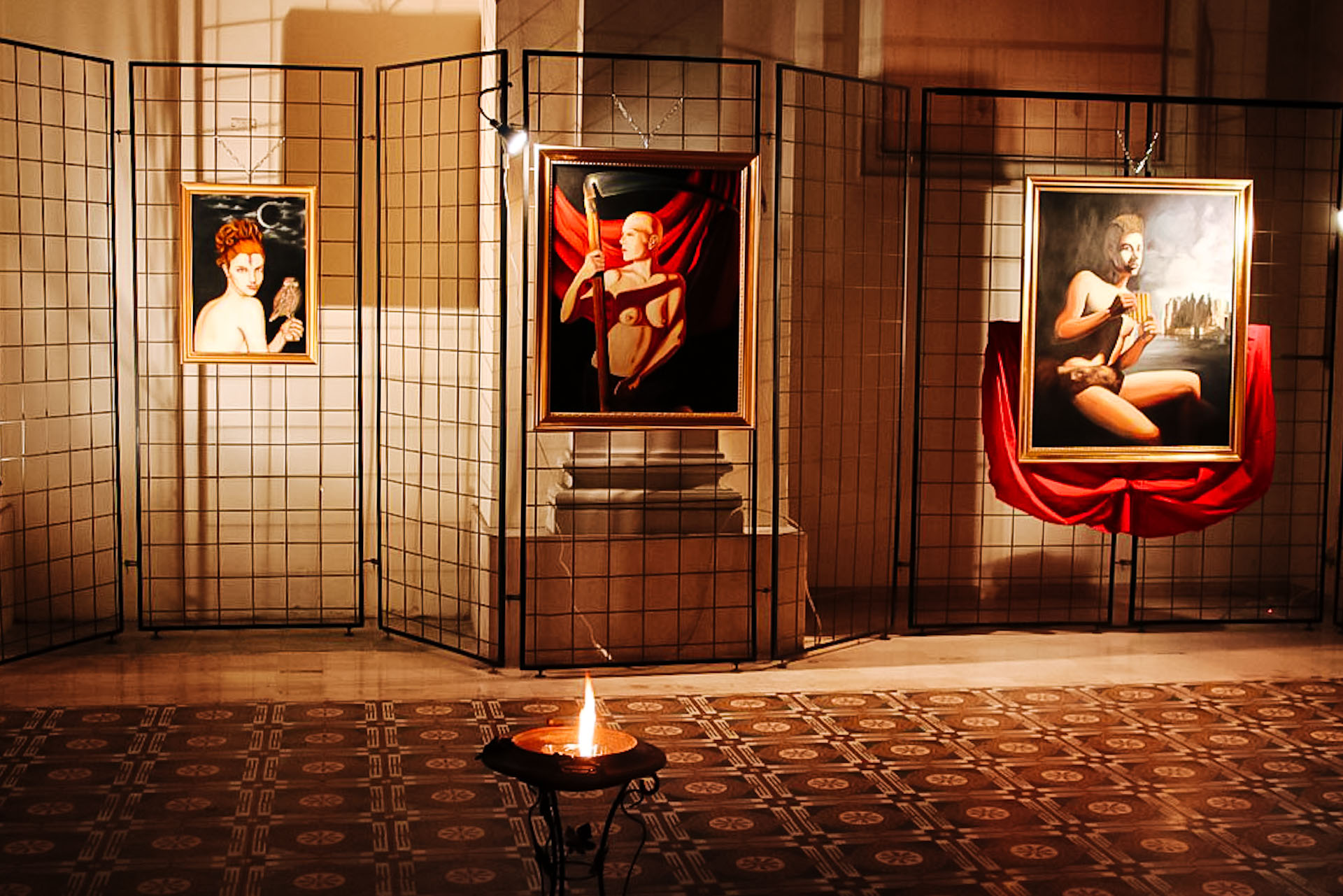DILETTI MEDIANICI
SACRIPANTE ART GALLERY
ROME, 14 OCT 2022 - 6 Nov 2022
“The lover of beauty ends by finding it everywhere about him, a vein of gold in the basest of ores; by handling fragmentary masterpieces, though stained or broken, he comes to know a collector’s pleasure in being the sole seeker after pottery which is commonly passed by.”
Marguerite Yourcenar, Memoirs of Hadrian
The divergence of views between Plato and Aristotle on the value of art is known: if the former, in accordance with his conception of the hyperuranion, sees only a copy of the copy in it, Aristotle on the contrary believes that art is a natural tendency of man who, being led to the representation of realities that surround him, does indeed implement a form of mimesis but does so freely, disinterestedly, drawing gratification and delight from it.
This pleasure appears as an aim in itself to the artist, who enjoys pure contemplation of universal beauty becoming its intermediary, with a mystical attitude in which his own life becomes a work of art when, as a seer, makes himself an instrument of his own hallucinations and grounds them. Art is therefore mediumistic, not mediated: it is the result of an ecstatic abandonment to beauty, the only thing that counts and can be found in everything, even in the most disturbing or terrifying manifestations (from bursting and dionysian eroticism to caducity and the macabre).
This exhibition is therefore conceived as a collection of fragments evoking the antinomies of this path that can be defined as self-mantic, based on deconstruction and reconstruction of inner worlds, a "woman's work and child's play" in alchemical terms that allows the artist to cancel the boundaries between worker and work, travel and traveler, refining his visions and bringing them back to their original purity. The works on display range from large baroque canvases to vaguely erotic photographic chiaroscuros, from small memento mori painted on wood and arranged inside glass domes to a sculpture that refers to Neapolitan cribs of the eighteenth century, thus evoking the atmospheres of ancient wunderkammern. A crepuscular and dreamlike universe, whose impending darkness - however broken by beams of intense light - may dismay some perhaps but certainly will excite all those who still retain a genuine tension for the sublime.

